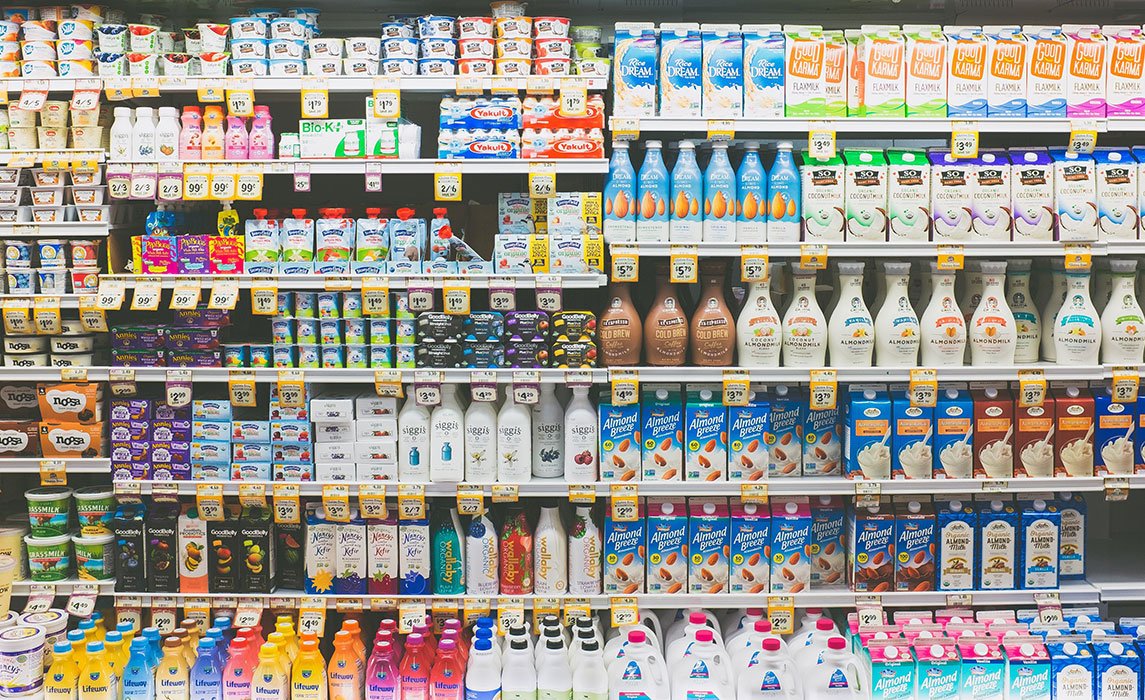In a market filled with countless options competing for attention, your packaging can be just as important as what’s inside. While exceptional quality matters, the first thing customers see is the container, the label, and the overall design. Great packaging doesn’t just protect the product—it tells a story, evokes emotion, and convinces a buyer to take that first step. Here’s how to make your product stand out on the shelf and turn casual browsers into loyal customers.
Know Your Brand Story
Every product begins with a story—whether it’s rooted in family heritage, a unique origin, or an innovative production technique. That narrative should be reflected in your packaging. A strong design begins with a clear understanding of who you are and what makes your product different.
Ask yourself: Is your brand classic and refined, or modern and playful? Are you appealing to luxury buyers, eco-conscious consumers, or everyday shoppers looking for something fun? Once you’ve defined your brand identity, let it guide every element of your design—from color choices and typography to imagery and container shape.
Your story gives consumers something to connect with emotionally. A thoughtful, authentic design can convey your values and create instant brand recognition in a crowded market.
The Power of the Label
A label serves as the first handshake between your brand and a potential buyer. In just a few seconds, it must capture attention, convey quality, and express your brand’s essence—all before the product is even tried.
Less is often more. Overly intricate designs can feel cluttered and forgettable, while a clean, well-balanced label draws the eye and communicates confidence. A strong focal point—such as a distinctive logo, striking image, or refined typography—creates instant shelf appeal and helps your product stand out in a crowded marketplace.
Typography plays a vital role in setting the tone for your brand. Script fonts can evoke tradition and sophistication, ideal for heritage labels, while bold sans-serif styles lend a sense of modernity and strength. Every letter contributes to your visual identity, shaping how consumers perceive your brand before they even try the product.
Color selection is equally powerful. Deep reds, golds, and blacks convey luxury and depth, while lighter hues and minimalist palettes often attract younger, trend-conscious audiences. Always evaluate how your design performs under different lighting conditions—what dazzles on a designer’s screen may look muted under store lights.
For a touch of elegance and tactile appeal, consider hot stamp printing. This technique uses metallic foils—often in gold, silver, or copper—to highlight key elements like logos, borders, or brand details. The subtle shimmer not only adds sophistication but also catches light in a way that naturally draws attention to your packaging.
Finally, make sure your label remains compliant with all relevant regulations or product disclosures—integrating these elements cleanly so they support, rather than distract from, your design’s overall harmony.
Don’t Overlook the Container
While the label draws attention, the container itself reinforces your brand identity. The shape, size, and even weight of the packaging can influence perception.
Traditional shapes communicate heritage and sophistication, while unique or custom-designed containers can make your brand more memorable. However, striking the right balance between creativity and practicality is key. Designs that are too unconventional may create logistical challenges during shipping or storage.
For premium products, a heavier container can imply quality and craftsmanship. For eco-friendly brands, lighter packaging made from recycled materials highlights sustainability values. Even the choice of closure or seal can reflect your brand ethos—one signals tradition, the other innovation and convenience.
Texture and Finish: The Small Details That Matter
Subtle design choices, like embossing, foil stamping, or matte finishes, can elevate your packaging and give it a tactile appeal. A consumer’s hand often reaches for what feels luxurious, not just what looks appealing.
Consider using textured paper for your labels or metallic accents to highlight your logo. These touches create a sense of craftsmanship that mirrors the care you put into your product. However, restraint is key—too many embellishments can make a design look busy rather than elegant.
Sustainability as a Selling Point
Modern consumers are increasingly eco-conscious, and sustainability can be a strong differentiator. Environmentally friendly packaging—such as lightweight containers, recyclable labels, and biodegradable materials—demonstrates your commitment to responsible production.
Even design elements can emphasize sustainability. Natural tones, minimalist layouts, and organic materials can subtly communicate your green values without sacrificing style. Highlighting these features on your label or marketing materials can also appeal to environmentally aware buyers.
Consistency Across Your Line
If you produce multiple products, consistency in design helps build brand recognition. Each item should be distinct enough to stand on its own but cohesive as part of a collection. Using a consistent logo placement, color palette, or design motif across your range ensures your brand is instantly identifiable, even from afar.
Think of your lineup as a visual family—each member unique but clearly related. This unified look reinforces professionalism and brand strength, helping your products stand out both individually and as a group.
Engage the Senses Beyond Sight
The best packaging designs engage more than just the eye—they evoke an experience. A well-designed product should make customers imagine the scent, texture, and atmosphere before even using it.
Consider incorporating storytelling elements such as imagery, hand-drawn illustrations, or poetic descriptions that capture the spirit of your brand. These artistic touches create a sense of authenticity and intrigue that resonates with consumers.
A Design That Sells
At its core, successful packaging bridges art and strategy. It’s about creating visual harmony between what’s inside and what’s shown outside. By aligning your design with your brand story, paying attention to detail, and staying mindful of your audience, you can craft packaging that not only stands out on the shelf—but also lingers in the memory of every customer who picks it up.
In today’s market, great taste begins long before the first use.
Read More: The Hidden Costs of Ignoring AML in Your Business Structure




